New to fine writing? You probably have questions about all of the methods you can use to fill your pen with ink. This post demystifies one of those methods. It has been thoroughly researched by our world-class staff and so you should feel no need to fact-check any of it, including the part about the ink-mouthing scene in My Fair Lady.
BEHOLD: these are vacuum-filling fountain pens. These pens offer a unique way of filling a pen with ink, which is important because you spend like 10 whole seconds filling a pen for every 5 hours you spend writing with it.
It’s a core belief at Extra Fine Writing that those seconds add up, and that resulted in this very comprehensive guide to this astonishing pen technology. Whether you’ve never used a vacuum-filling pen or have been a long-time fan, we’re confident you’ll learn something today.
Vacuum-filling: a storied history
The term “vacuum-filling” was coined in 1785 by Tobias Vacuum, a minor and erstwhile forgotten member of the landed gentry. In its initial use “vacuum-filling” did not refer to the design of the pen itself; indeed, Tobias would have only owned what we know today as an “eyedropper” pen—that is, a plastic tube that you just kind of plop ink into.
Instead, “vacuum-filling” originally referred to Tobias Vacuum’s particular method of filling his pens: by putting the ink into his mouth and then slowly dripping it into the pen while making a MWEHHHH noise, baby-bird style.
This so-called “vacuum-filling” technique was wildly popular among Tobias’ contemporaries, but in later years it became associated with uncouth behavior due to changing social mores. This is why there is a ten-minute sequence in My Fair Lady dedicated to Professor Higgins’ efforts to get Eliza to stop “ink-mouthing,” which also happens to be the ten minutes when you fell asleep which is why you do not remember this happening.1
With these unfortunate vibe shifts, it seemed as if Tobias Vacuum’s contributions to the pen world would be lost to history. Fortunately, fate intervened in the early twenty-first century when upstart pen company Narwhal invented an ingenious way of filling a pen with an air vacuum that sucked ink into the barrel.2
In search of a name for this air-vacuum technology, Narwhal decided to pay homage to the tastes of our fine writing four bears—Francesco, Ignatius, Domenico, and Kevin, the four bears who invented cursive and were known to be staunch advocates of the MWEHHHH method of pen-filling—and name their air-vacuum-filling technology “Tobias Vacuum-filling,” or as it has often been shortened, “vacuum-filling.” Amazing!
And thus, the vacuum-filling pen technology we know and love today was born. Now you know!
How does it work?
There are two principal methods for vacuum-filling a fountain pen.
The first method works as follows: first, unscrew or unlock the back of the pen, depending on the model, which will allow you to extend and withdraw the plunger.
Next, submerge the pen up to the section in ink, which ensures that no air can be sucked up along with ink.
Third, pull the plunger out to its full length.
(Or maybe you do that first, I can’t remember, but the thing has to be fully extended.)
(I mean, the order of these first three steps is probably not that important; sure, I made a huge mess while creating these GIFs, but it was after the pen was already filled. I’m pretty sure. You know what? Just have fun.)
Finally, you push the plunger all the way down. This forces the air out of the barrel, creating a vacuum. When the plunger reaches the bottom, the barrel will be a little bit wider than the plunger to allow for the vacuum to break; because the nib of the pen is submerged, ink will rush in to fill the vacuum and thus the barrel of the pen.
You then repeat this four or five times until you get a “good fill,” as in most cases the ink does not completely fill the barrel of the pen on the first try. Here is a video from Brian Goulet that offers a consistent and complicated way to do this.
The second method is to decide this sounds like a lot of work and just fill it with an ink syringe. This works pretty well too.
Much like an Opus88 eyedropper pen, the plunger rod on a vacuum-filler pen will shut off the ink flow between the barrel and the nib when it is locked in position, which makes these “travel-safe” pens that will not burp ink on an airplane.
Also like an eyedropper pen, the temptation to play with the plunger rod is overwhelming and will occasionally make a huge mess when you pull it out too far. This is hilarious and recommended.
Where can I get one?
Pretty much anywhere! They range from kind of cheap to kind of expensive, but these pens rarely show up in the crazy-cheap or crazy-expensive end of things (the latter being reserved for piston-filling pens).
Do note that the design will vary by manufacturer; the two I have are made by Pineider and Narwhal and each does a fine job of reflecting the spirit of its respective brand. That is, the Narwhal one is a sturdy and unassuming little pen that worked the first time I tried to fill it, while the Pineider one is more refined in design, looks a lot cooler, and is generally more fun to write with but also required an hour-plus of tinkering to get it to work the way I wanted.3
As always, testing in person is recommended, unless you have social anxiety in which case buying online and hoping for the best is recommended.
don’t feel bad, the people who wrote the wikipedia page for My Fair Lady had the same problem
to be precise, this was invented in 200X by Narwhal scientist Dr. Light; despite a diligent search I was unable to find any earlier examples of this technology. In case you want to look yourself here are the sources I used in my research: the Megaman 2 manual; end of list.
specifically, the Pineider’s barrel was drowning in silicone grease—you need some to help the plunger move (and in the GIFs I have clearly removed too much, that’s why the plunger is so jerky), but it was a lot. Have you ever tried to clean excess silicone grease off of the inside of a pen? IT IS NOT EASY. But now the pen works and I love writing with it so it worked out.



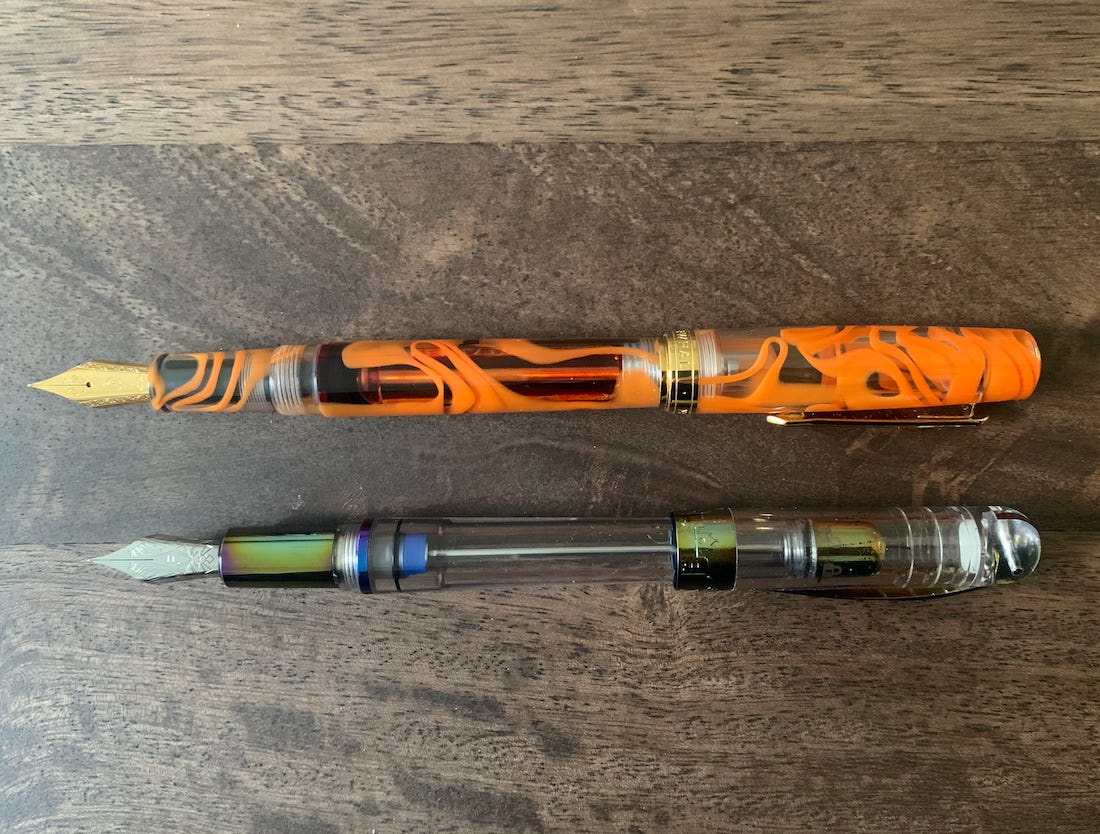



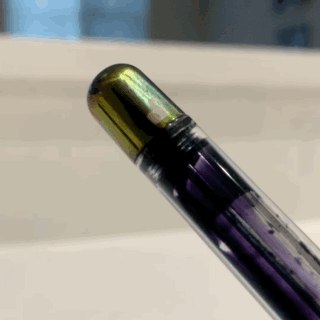
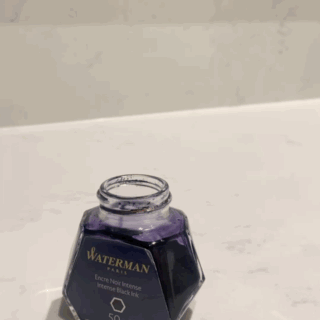
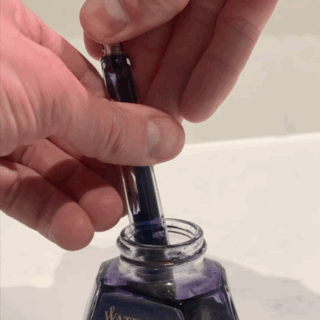
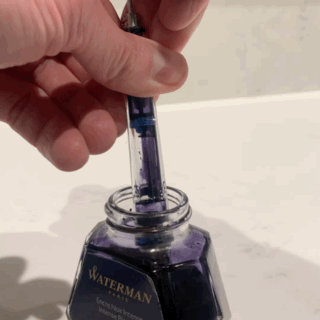
hilarious !!!
Instructions unclear, ingested Baystate Blue.